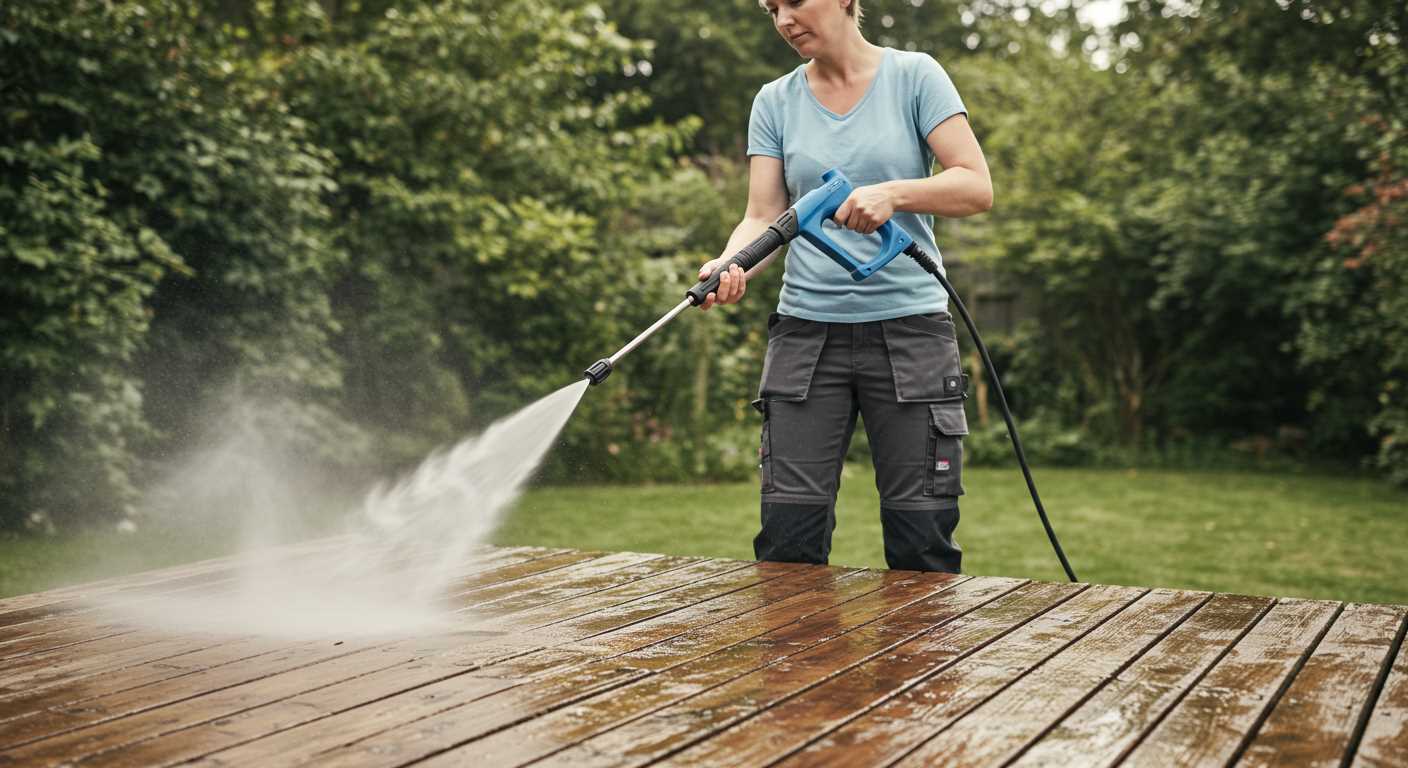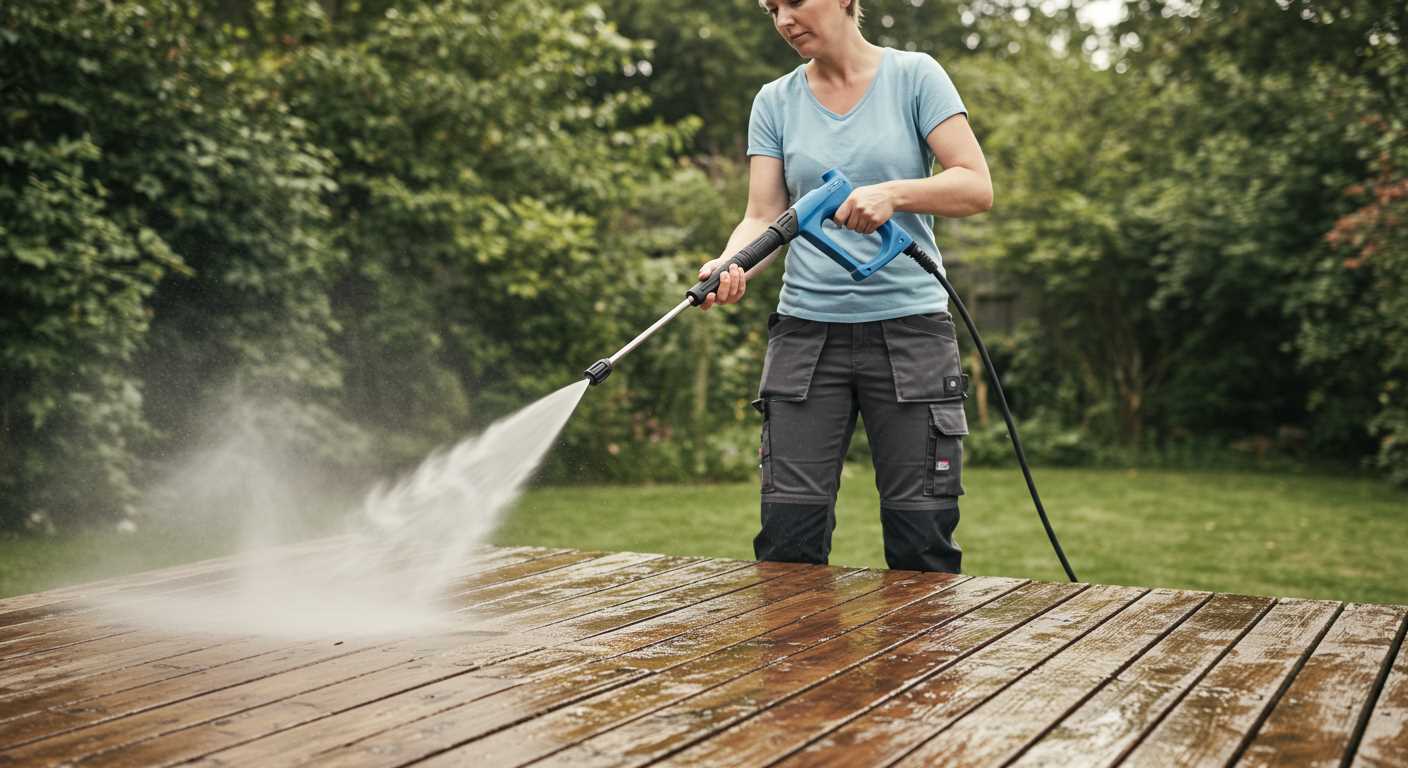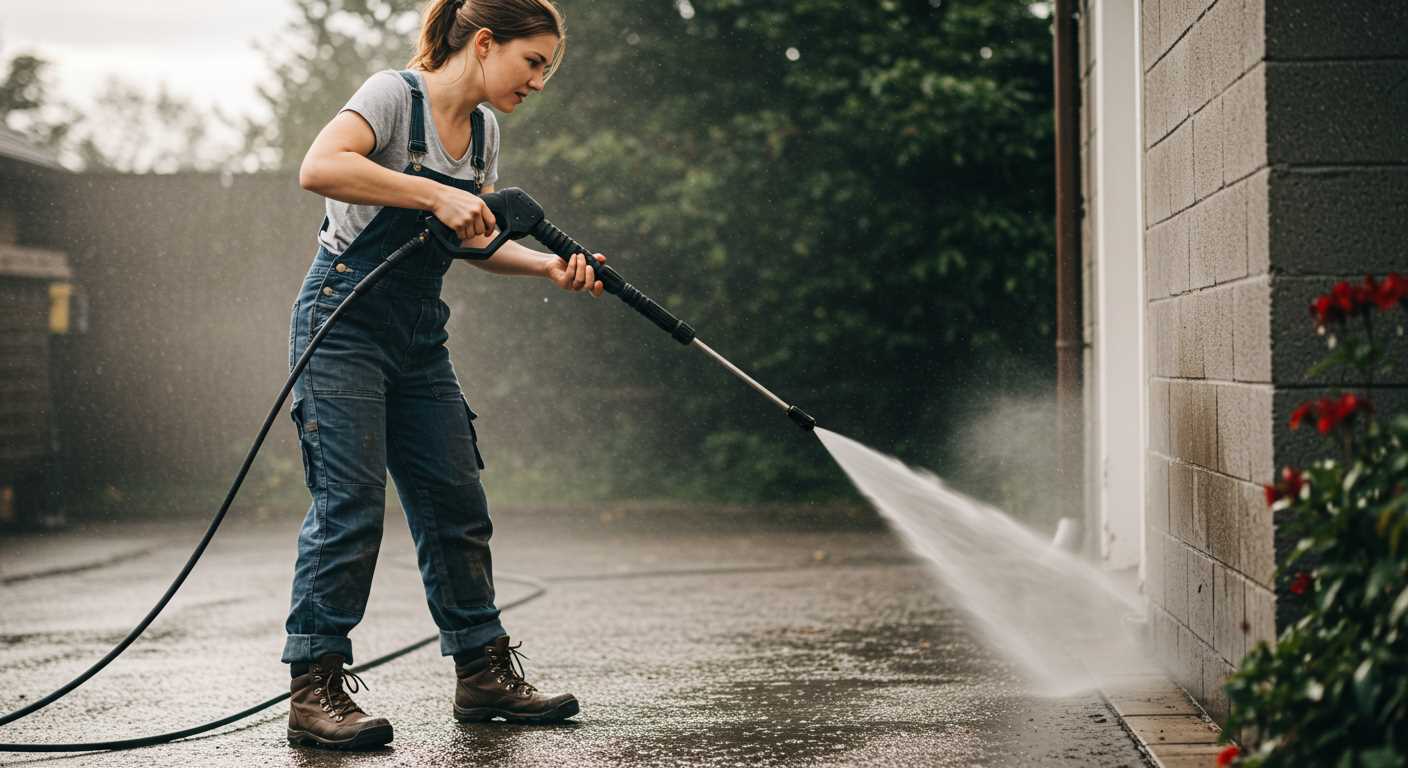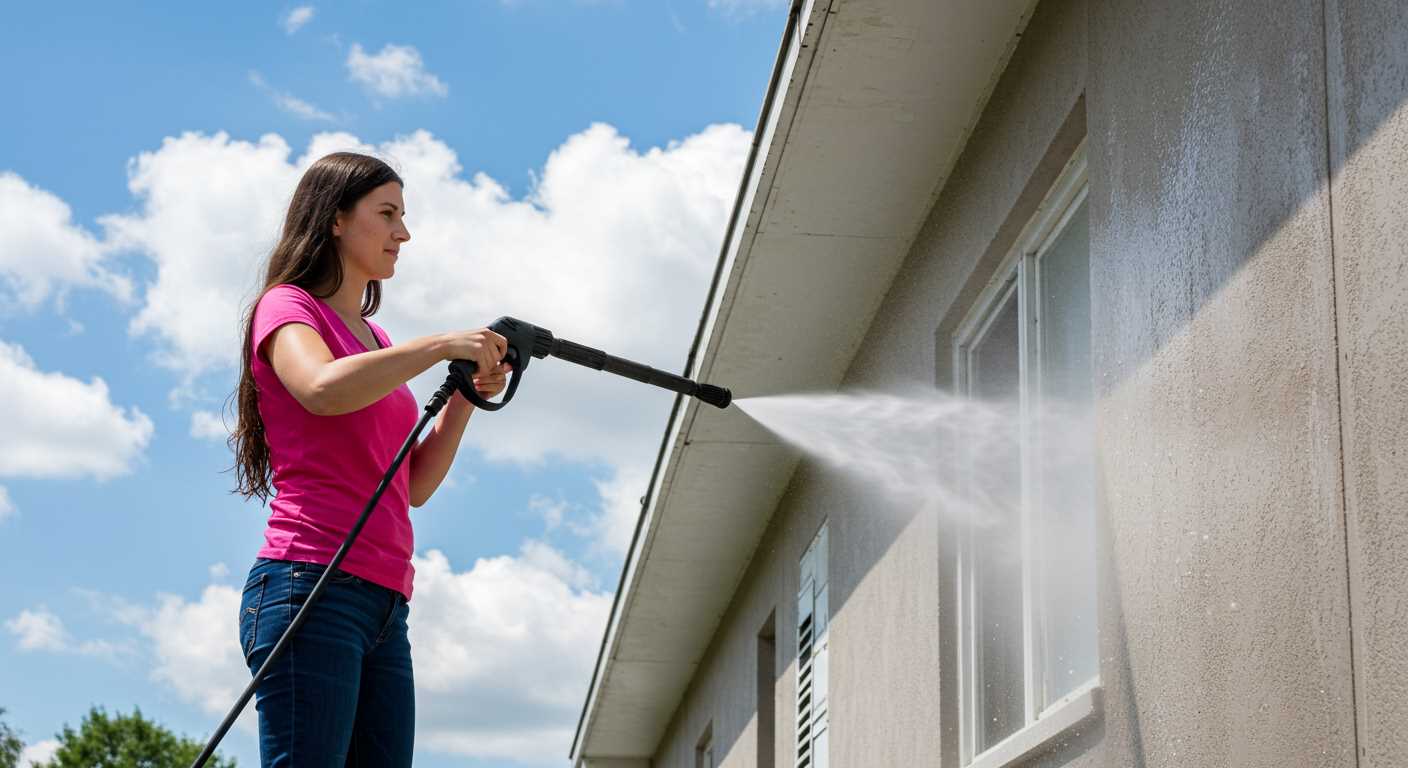




Begin with checking the filter located in the solution tank. Over time, residue from cleaning agents can accumulate, leading to clogs. Remove the filter, rinse it under warm water, and ensure it’s free from any build-up before reinserting it.
If the issue persists, inspect the hoses connecting the tank to the applicator. A kink or obstruction in these lines may prevent the cleaning solution from flowing. Gently straighten any bends and clear any visible debris. For a more thorough check, detach the hoses and run water through them to confirm they’re completely clear.
Sometimes, the applicator itself can be the culprit. Ensure that the nozzle isn’t clogged with dried solution. Soaking the nozzle in warm water for a few minutes can help dissolve any hardened residues. Using a thin wire or a soft brush can also assist in clearing stubborn blockages.
In my experience, if the system still refuses to cooperate, it’s wise to inspect the internal components. Many models have a siphon system that can become obstructed. If you feel comfortable, consult your user manual for guidance on accessing this area for cleaning.
Clearing the Path for Cleaning Solutions
First, ensure the tank is filled with the appropriate cleaning agent. If it’s empty, refill it and try again. If the issue persists, check the filter. Over time, debris can accumulate and block the flow. Simply remove the filter, rinse it under warm water, and replace it.
Inspecting the Hose and Nozzle
Next, examine the hose that connects the tank to the nozzle. A kinked or damaged hose can restrict the flow. Straighten any bends and look for cracks. If you notice any significant damage, consider replacing the hose. The nozzle itself may also need attention; clear any clogs by soaking it in warm soapy water and gently scrubbing with a soft brush.
Examining the Chemical Injection System
Another point of focus is the chemical injection system. This component can become obstructed by dried detergent. To clear it, disconnect the system and flush it with warm water. Running a mixture of water and vinegar through the system can also help dissolve any residue. Reconnect everything and test the operation.
By following these steps, you should restore the flow of cleaning agents, ensuring optimal performance for your cleaning tasks.
Identify Symptoms of a Blocked Detergent System
When the cleaning solution isn’t dispensing as it should, certain signs become apparent. You may notice that the machine produces a stream of water without any foam or cleaning agent. This lack of suds indicates a potential blockage in the solution pathway.
Loss of Cleaning Power
A significant drop in cleaning effectiveness can signal issues. Surfaces that previously came clean with ease may now require extra effort or multiple passes. If your usual cleaning routine suddenly feels laborious, it’s time to investigate the solution delivery.
Unusual Noises
Listen for irregular sounds during operation. If the equipment emits a strange gurgling or sputtering noise, it could mean the solution is struggling to flow properly. Such sounds often accompany blockages and should not be ignored.
Another symptom to watch for is inconsistent flow. If you notice that the solution occasionally dispenses and then stops, this inconsistency suggests an obstruction. Check hoses and filters for any signs of build-up.
Finally, keep an eye on the detergent reservoir. If it appears to be draining more slowly than usual, or if there are visible clogs within the container, this can indicate a problem with the system. Regular checks can help prevent more significant issues down the line.
Check the Detergent Container for Residue
Inspect the container thoroughly. Often, leftover cleaning solution can dry and create blockages. Remove the container and examine the interior for any dried substances or clumps. A simple rinse with warm water may be enough to clear out stubborn residues.
Ensure that the outlet of the container is also clean. Sometimes, the small nozzle can become clogged with dried liquid. Use a soft brush or a toothpick to carefully clear any obstructions. If you have a small amount of vinegar, it can help dissolve stubborn residues when mixed with warm water.
After cleaning, reassemble the container and check that it fits securely. An improper seal can lead to leaks, preventing the cleaning solution from being drawn into the system effectively. If you notice any cracks or damage to the container, replacement may be necessary.
While you’re at it, consider the cleaning attachments you use. Some kits, like pressure washer sandblasting kits, are designed for specific tasks and may not work well with all types of solutions. Using the right combination will enhance performance and ensure optimal results.
| Step | Action |
|---|---|
| 1 | Remove the container and check for residues. |
| 2 | Rinse with warm water; use vinegar if needed. |
| 3 | Inspect the outlet nozzle and clear any clogs. |
| 4 | Ensure the container seals properly upon reassembly. |
| 5 | Consider compatibility of attachments with solutions. |
By taking these steps, you’ll ensure that the cleaning solution flows smoothly, enhancing your cleaning tasks significantly.
Inspect the Detergent Hose for Clogs
Begin your assessment by examining the hose that carries the cleaning solution. This component is often overlooked, but clogs can significantly hinder the flow of the liquid. Here’s how to tackle this issue:
- Detach the hose from both the container and the machine. This will give you access to the entire length of the tubing.
- Visually inspect for any visible blockages or kinks. Sometimes, a simple bend can restrict flow.
- Use a flexible cleaning brush or a pipe cleaner to carefully remove any obstructions inside the hose. Be gentle to avoid damaging the material.
- Flush the hose with warm water. This can help dislodge stubborn residues that may not be visible. Run water through both ends to ensure that the entire length is clear.
- Reattach the hose and check for any leaks while operating the system. Leaks can indicate a compromised hose that may need replacement.
From my experience, a thorough inspection and cleaning of the hose can restore its functionality. I once faced a situation where a customer’s machine seemed to be malfunctioning. After checking the hose, we discovered a small piece of debris had caused the entire system to underperform. After a quick clean, the machine worked like new. Regular maintenance of this component can save time and prevent frustrations down the line.
Examine the Nozzle for Blockages
Start by removing the nozzle from the lance. A clogged nozzle can significantly hinder the flow of cleaning solution. Inspect it closely for any visible debris or buildup. I recall a time when I was troubleshooting a similar issue; a tiny piece of dried soap was blocking the nozzle, preventing any liquid from passing through.
Cleaning the Nozzle
To clean it, use a soft brush or a thin wire to dislodge any blockages. Be gentle to avoid damaging the nozzle’s tip. Rinse it under warm water to remove any remaining residue. After cleaning, reattach it and run a test to ensure the flow has returned to normal.
Check Different Nozzle Types
Remember, some nozzles have specific functions, like adjustable spray pattern or pressure settings. If you’re using a nozzle designed for high-pressure output, it may not mix the solution effectively. Switching to a dedicated nozzle for soap application can make a notable difference. I’ve seen many users overlook this, only to find that the right nozzle made all the difference in their cleaning experience.
Flush the Detergent System with Water
Begin the flushing process by disconnecting the container filled with cleaning solution. This prevents any remnants from interfering during the water flush. Grab a clean bucket and place the end of the detergent hose into it. Ensure that the hose is submerged to avoid splashing.
Next, attach the water supply to the machine. Turn on the water and let it flow through the system without engaging the motor. This action helps to push out any clogs that may have formed in the lines. Keep an eye on the bucket; you want to see clear water flowing out, indicating that the system is being purged effectively.
After a few minutes, switch off the water supply and detach the hose from the bucket. Reconnect the cleaning solution container, ensuring it’s clean and free of any old residue. Now, you can test the system by running a small batch of diluted solution to check for any remaining blockages.
If the water flow is clear, you’re ready to get back to your tasks. If not, repeat the flushing process until you achieve a steady stream of water. In my experience, this method often resolves the issue without needing extensive disassembly.
Use a Cleaning Solution to Clear Stubborn Blockages
For those persistent issues that water alone can’t resolve, a dedicated cleaning solution can work wonders. I often turned to specific cleaning agents designed for this purpose during my years in the industry. Here’s how to go about it effectively.
Select the Right Cleaning Agent
- Choose a product compatible with your equipment; check the manufacturer’s recommendations.
- A mild detergent or a specialised cleaning solution for pressure apparatus can break down residue without causing damage.
- Read the label carefully to ensure it’s suitable for the types of blockages you’re dealing with.
Application Process
- Prepare the mixture according to the instructions on the cleaning solution’s label.
- Fill the appropriate container with the solution, ensuring it’s well mixed.
- Connect the container to the machine, ensuring all connections are secure to prevent leaks.
- Activate the device on a low setting to allow the solution to enter the system gradually. This helps in breaking down any stubborn clogs.
- Once the solution has cycled through, let it sit for the recommended time to maximise its effectiveness.
After the wait, it’s time to flush the system. This step is crucial to remove any remaining cleaning agent along with the loosened debris. Run plain water through the system until you see clear output.
In my experience, this method not only clears blockages but also helps maintain the overall health of the equipment. Regular maintenance using a suitable cleaning agent can prevent future issues and extend the lifespan of your device.
Reconnect and Test the System
After addressing the various potential blockages, it’s time to reconnect the components. Ensure all connections are secure and properly aligned. Check that the container is filled with the right cleaning agent and that the hose is firmly attached to both the unit and the container.
Once everything is connected, power on the equipment. Start with a low-pressure setting to test for any leaks or irregularities. Observe the flow of the cleaning solution; it should be consistent without interruptions. If the solution fails to dispense, revisit the previous steps to ensure no issues were overlooked.
For further assurance, conduct a quick test on a small, inconspicuous area of the surface you plan to clean. This not only verifies that the cleaning agent is being applied correctly but also allows for adjustments if the application appears uneven or ineffective.
Should the issue persist, consider troubleshooting further by examining all connections again or switching to a different cleaning solution, as some formulations can be more prone to clogging than others. Always remember to consult your user manual for specific guidance related to your model.
If you’re planning on travelling with your equipment, you might want to check if are digital cameras allowed on airplanes to avoid any surprises at the airport.
Regular Maintenance Tips to Prevent Future Issues
To ensure smooth operation of your cleaning equipment, routine maintenance is key. I recommend a simple checklist that I’ve relied on throughout my years in the field. Regular attention to these areas can help you avoid frustrating blockages down the line.
Daily Checks
Before each use, inspect the hoses and connections for any signs of wear or damage. A small crack can lead to significant issues over time. Ensure all fittings are secure to prevent leaks that could affect performance. Clean any visible debris from the nozzle and ensure the spray pattern is consistent.
Weekly Maintenance
Take a moment each week to flush the entire system with water. This helps clear any residue that may have built up. Additionally, check the container for cleaning solutions; a quick rinse can prevent sludge formation. If you use different cleaning agents, clean the detergent system thoroughly between uses to avoid cross-contamination.
| Maintenance Task | Frequency | Notes |
|---|---|---|
| Inspect hoses | Daily | Look for cracks or leaks |
| Flush system | Weekly | Use clean water |
| Clean nozzle | Daily | Check for blockages |
| Rinse container | Weekly | Avoid residue build-up |
| Inspect connections | Daily | Ensure all are secure |
With these straightforward practices, you can significantly extend the life of your equipment and maintain optimal performance. It’s the little things that often make the biggest difference. Trust me, a few minutes of preventative care goes a long way.
FAQ:
What are common reasons for a Kärcher pressure washer detergent to become blocked?
There are several reasons why the detergent system in a Kärcher pressure washer might be blocked. One of the most common issues is the use of incorrect detergent, which may not be compatible with the machine. Additionally, if the detergent has thickened or crystallised due to age or improper storage, it can clog the system. A dirty filter or hose can also hinder the flow of detergent, as can air bubbles trapped in the line. Regular maintenance is crucial to prevent these issues.
How can I check if the detergent is actually blocked in my Kärcher pressure washer?
To determine if the detergent is blocked, you should first inspect the detergent tank and the hose for any visible obstructions. Then, run the pressure washer without detergent to see if water flows normally. If it does, the problem likely lies within the detergent system. Additionally, you can try to siphon some detergent manually to see if it flows freely. If you notice that the detergent does not come out, this indicates a blockage that needs to be addressed.
What steps should I take to clear a blockage in the detergent system?
To clear a blockage in your Kärcher pressure washer’s detergent system, first turn off the machine and ensure it is unplugged. Remove the detergent tank and check for any clogs. Clean the tank with warm, soapy water. Next, inspect the hose and any filters, cleaning them as necessary. If the detergent is thick or crystallised, consider diluting it or replacing it with fresh detergent. After cleaning, reassemble the components and test the machine to see if the issue has been resolved.
Can using the wrong type of detergent cause long-term damage to my Kärcher pressure washer?
Yes, using the wrong type of detergent can potentially damage your Kärcher pressure washer over time. Detergents that are not designed for pressure washers can cause internal corrosion or clogging in the system. This can lead to decreased performance and may void the warranty of your machine. Always refer to the user manual to ensure you are using the appropriate detergent for your specific model.
Is there a way to prevent the detergent system from getting blocked in the future?
To prevent the detergent system in your Kärcher pressure washer from getting blocked, regularly clean the detergent tank and hose. Always use the recommended type of detergent, and store it properly to avoid thickening or crystallisation. Additionally, if you have not used the machine for a while, run clean water through the detergent system before using detergent again. This helps to clear out any potential blockages and keeps the system functioning smoothly.
What should I do if the detergent isn’t coming out of my Karcher pressure washer?
If your Karcher pressure washer is not dispensing detergent, there are a few steps you can take to troubleshoot the issue. First, check if the detergent tank is filled with the appropriate cleaning solution. If it is empty or the wrong product is used, it won’t dispense properly. Next, inspect the detergent suction hose for any clogs or kinks that may be obstructing flow. Additionally, ensure that the nozzle you are using is suitable for detergent application; some nozzles are designed specifically for high pressure and will not mix detergent. You can also try adjusting the detergent setting on the pressure washer, as some models have a dial to control the amount of detergent dispensed. If these steps do not resolve the issue, consult the user manual for further troubleshooting tips or consider contacting customer support for assistance.







.jpg)


